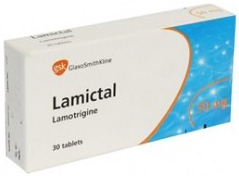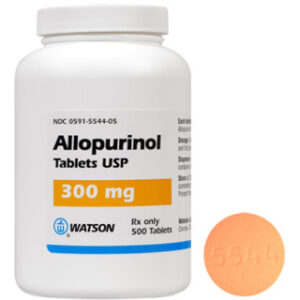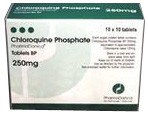Description of Amantadine
Amantadine is an antiviral and antiparkinsonian medication. Chemically, it is designated as 1-adamantanamine, a symmetric adamantane derivative, with chemical formula C10H17N. Its antiviral properties were initially used to prevent or treat infections caused by the influenza A virus. It is also recognized for its efficacy in treating Parkinson’s disease symptoms and those of drug-induced extrapyramidal reactions.
Pharmacological Action
The exact mechanism of action of Amantadine in Parkinson’s disease and drug-induced extrapyramidal reactions is not fully understood. It is believed to involve the release of dopamine from the nerve endings of the brain and inhibition of dopamine reuptake. In its antiviral role, Amantadine inhibits the replication of the influenza A virus’s genetic material. It interferes with the virus’s M2 protein, which plays a role in the viral replication cycle. However, resistance to the drug may develop rapidly due to changes in the influenza virus.
Indications for Use
Amantadine is primarily indicated for the prophylaxis and treatment of signs and symptoms of infection caused by various strains of influenza A virus. It is also used for the management of idiopathic Parkinson’s disease, post-encephalitic parkinsonism, and symptomatic parkinsonism that may follow carbon monoxide intoxication or manganese intoxication. In addition, Amantadine is used to treat extrapyramidal reactions caused by particular medications.
Dosage and Administration
Amantadine is available in both capsule and syrup form. The standard dose for influenza prophylaxis and treatment in adults is 100 mg twice daily. For Parkinson’s disease and drug-induced extrapyramidal reactions, the dosage may start at 100 mg per day and increase to 100 mg twice daily, as tolerated. Dosage should be carefully adjusted in patients with renal impairment, and it is recommended to administer the last dose several hours before bedtime to minimize the potential for insomnia.
Drug Interactions
Amantadine may interact with other medications, including anticholinergics, antipsychotics, central nervous system stimulants, and diuretics like hydrochlorothiazide/triamterene. Combining Amantadine with these drugs may increase the risk of side effects such as dry mouth, constipation, urinary retention, and sedation. Additionally, the effects of Amantadine may be altered when taken concomitantly with other medications that affect renal excretion.
Adverse Effects and Reactions
The most common adverse reactions to Amantadine include lightheadedness, difficulty concentrating, and insomnia. Patients may also experience gastrointestinal upset, such as nausea and constipation. Other potential adverse effects include nervousness, anxiety, agitation, and ataxia. Rarely, serious side effects like psychosis, severe dermatologic reactions, and neuroleptic malignant syndrome have been reported.
Special Considerations
Caution is advised when administering Amantadine to patients with a history of seizure disorders, as it may increase the risk of seizures. The drug should also be used with caution in patients with congestive heart failure and peripheral edema since the medication may exacerbate these conditions. Renal function monitoring is essential, as dosing adjustments may be required in patients with renal impairment to prevent drug accumulation and toxicity.
Pregnancy and Lactation
Amantadine should be used during pregnancy only if the potential benefit justifies the potential risk to the fetus. This medication has been classified as pregnancy category C by the FDA. It is not known whether Amantadine is excreted in human breast milk; however, caution should be exercised when administering the drug to nursing mothers, and the risks and benefits should be thoroughly considered.
Overdose Management
In cases of overdose, hospitalization and close observation for at least 24 hours are advisable. There is no specific antidote for Amantadine overdose. Management involves symptomatic and supportive care. This may include respiration, pulse, blood pressure, and ECG monitoring, along with immediate gastric lavage or induced emesis. Hemodialysis may also be considered as Amantadine is dialyzable.
Storage Conditions
Amantadine should be stored at room temperature, between 15-30°C (59-86°F). The medication should be protected from light and moisture and kept out of reach of children and pets. The bottle should be tightly closed when not in use to prevent degradation of the medication.
Regulatory Status and Approval
Amantadine was approved by the U.S. Food and Drug Administration (FDA) in 1966 for the prophylaxis and treatment of influenza A. Its use was later expanded to include Parkinson’s disease and drug-induced extrapyramidal reactions. It is available as a generic medication and under various brand names, with prescription requirements varying by country.






Reviews
There are no reviews yet.